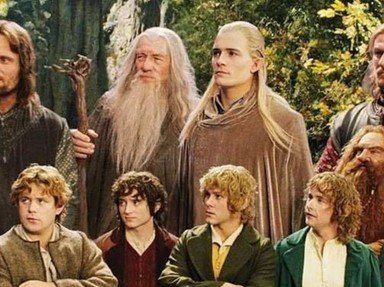Quiz Answer Key and Fun Facts
1. Varda, the Queen of the Stars, was the most powerful of the Valar after her spouse Manwë. By what name is she referred to in "The Lord of the Rings"?
2. The second most powerful of the Valier was Yavanna, the Queen of the Earth. In "The Silmarillion", it is said that she often took the appearance of what living creature, associated with the Ents?
3. One of the Maiar, Melian, Queen of Doriath, was both extremely beautiful and powerful in magic. Who was her equally beautiful and powerful daughter, who gave up immortality for the sake of love?
4. The spouse of Finwë, King of the Noldorin Elves, Míriel Serindë was the first Elf who chose to die. What prompted her shocking decision?
5. Erendis is one of the very few Queen consorts of Númenor mentioned in Tolkien's work. What was the main cause of the estrangement between her and her husband Aldarion, the sixth king of Númenor?
6. Númenor had three Ruling Queens. Míriel, renamed Ar-Zimraphel by her usurper husband Ar-Pharazôn, should have been the fourth. What happened to her?
7. Though only mentioned once in "The Fellowship of the Ring", Queen Berúthiel is one of Tolkien's most intriguing characters. What beloved domestic animals (which reportedly Tolkien did not much care for) were associated with her?
8. To all intents and purposes, Galadriel had the power of a queen, but is hardly ever referred to as one in Tolkien's published works. Which member of the Fellowship, her staunch admirer, calls her Queen Galadriel in "The Two Towers"?
9. The heroic shieldmaiden Éowyn is probably the most popular of Tolkien's female characters. The niece of a king, does she eventually become a queen?
10. At the end of "The Lord of the Rings", the beautiful Arwen Undómiel becomes Queen of Gondor. What does she give to Frodo before the hobbits' departure for the Shire?
'
Source: Author
LadyNym
This quiz was reviewed by FunTrivia editor
looney_tunes before going online.
Any errors found in FunTrivia content are routinely corrected through our feedback system.
